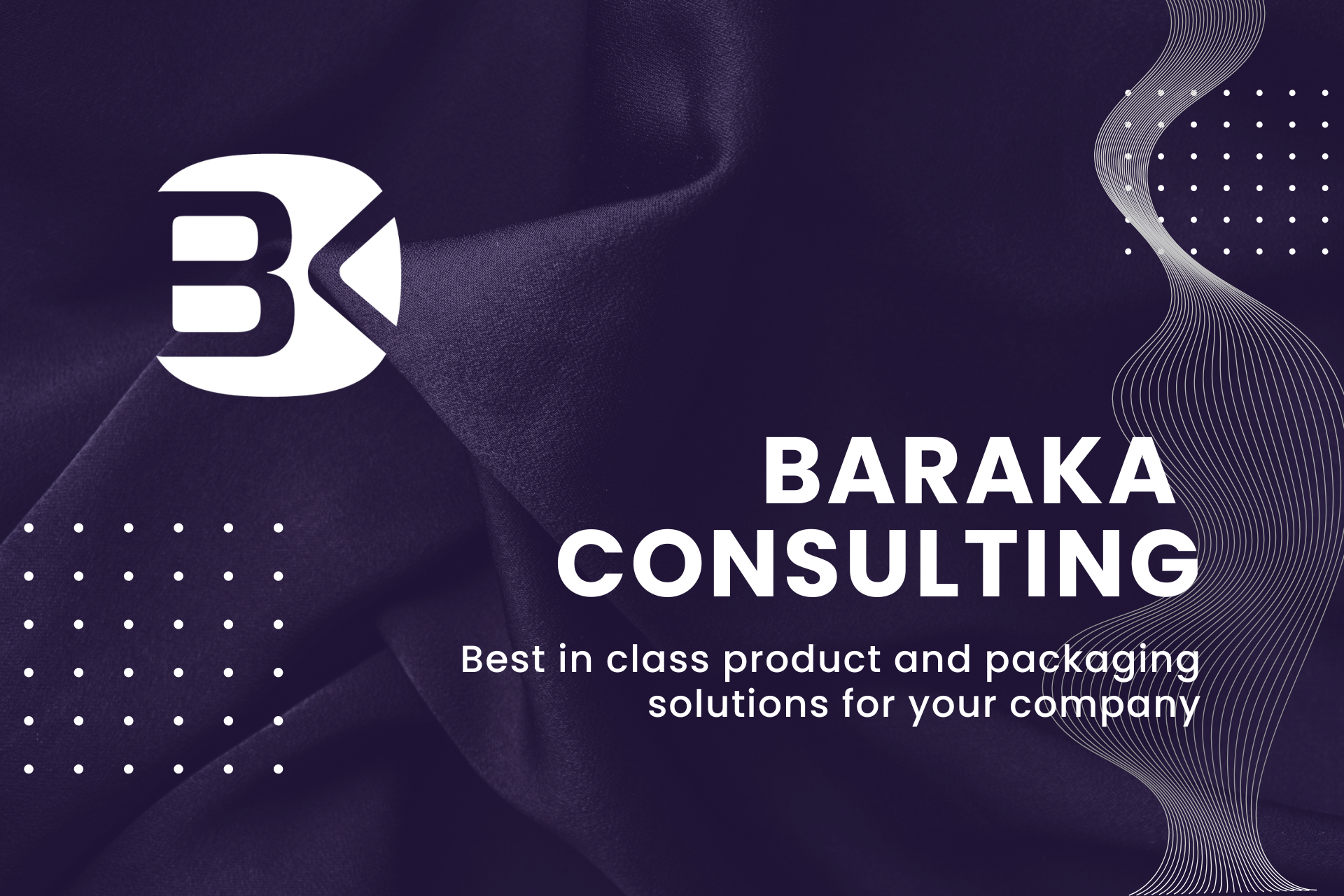More is Less | Baraka Consulting
Baraka • September 3, 2024
More is Less
Introduction
“Have no fear of perfection - you'll never reach it.” – Salvador Dali.
In today's competitive landscape, the quest for the perfect packaging solution can lead companies down a precarious path. While complex, high-specificity structures may initially seem advantageous, they can ultimately become liabilities. This article explores the pitfalls of over-engineering packaging and emphasizes the importance of adaptability in a time of crisis for raw materials.
The Perils of Perfection
Your R&D department spent five years finding the perfect structure for the flexible packaging of your product. A multilayer laminated with such complexity that only one supplier can provide it in the world. The structure works, delivering the impossible ppm’s that your QA department defined and providing an outstanding look that catches the eye of the consumer at the shelf in a way that delights your Marketing team. You become the market leader, and everyone ravages the shelves looking for your product, smashing the competition, until your supplier cannot sustain the supply chain and tells you that he is out, causing your business to crumble.

The Need for Adaptability
High specificity is always a liability. While the structure is more complex, it will always be less adaptable, increasing the vulnerability of your entire business. We are all living in a time of crisis for raw materials due to multiple causes, from climate catastrophes affecting production sites to new shipping regulations that have raised commodity costs to unbelievable levels. Here is when an adaptable structure becomes the best tool in your arsenal.
Simplification for Survival
Several companies are investing in packaging structure simplification just to survive, seeking adaptable options using available resources to deliver to the market and avoid shortages and out-of-stocks. However, what if your structure was simplified from the design phase and could work with different supply chains? How could you meet your product's top requirements with more common materials without compromising its performance? That is the billion-dollar question.
Continuous Optimization
This is where the relevance of a continuous optimization program comes into play. Materials are in constant development, and now you have sealing and barrier properties using commodities that a few years ago were achievable only with trademark resin compounds of high cost and restricted availability. As a company, you must keep studying and improving your packaging platforms; what works today may not be available tomorrow. That seven-layer, foiled structure could be a mono-material coextruded within five years, and you will only make the change if you are aware that it is possible.
Embracing Change
If you want to be an agent of change and keep pace with a modern industrial world, you must align all your stakeholders and promote a challenging culture. You must truly understand the size of the risk you are willing to take without compromising the consumer. You need to know the true drivers for purchase intent and where it would be wiser to invest—whether in a complex packaging structure or in an updated packaging line.
The Role of Expert Guidance
Change is a difficult but profitable process that involves multiple functions and a significant amount of hard work. An expert consultant could be the best support you could have to make this transition smooth and fast. Here at Baraka, we are at your service to help you deeply understand the opportunities within your current platforms and how to execute key changes that will deliver the best possible results in this shifting and demanding era—not to deliver the perfect package, but the most suitable for your needs, the one that will make you a winner and keep you winning the game for a longer time.
Conclusion
In conclusion, the journey toward optimization in packaging is not about achieving perfection but rather about embracing adaptability and simplicity. As the market continues to evolve, companies must prioritize flexible solutions that can withstand disruptions and meet consumer demands. By understanding the risks and opportunities within their packaging strategies, businesses can position themselves for long-term success.
Why is high specificity in packaging a liability?
High specificity can make packaging less adaptable, increasing vulnerability to supply chain disruptions and market changes.
What are the benefits of simplifying packaging structures?
Simplifying packaging structures can enhance adaptability, reduce costs, and allow companies to use more readily available materials, helping to avoid shortages and out-of-stocks.
How can continuous optimization programs help businesses?
Continuous optimization programs allow companies to stay updated on material developments and adapt their packaging strategies to meet changing market demands.
What should companies consider when investing in packaging?
Companies should evaluate the true drivers for purchase intent and determine whether to invest in complex packaging structures or updated packaging lines based on their specific needs.
How can Baraka assist businesses in their packaging strategies?
Baraka offers expert guidance to help companies understand their current packaging platforms and execute key changes that deliver optimal results in a dynamic market environment. Si necesitas más ajustes o información adicional, no dudes en decírmelo.



